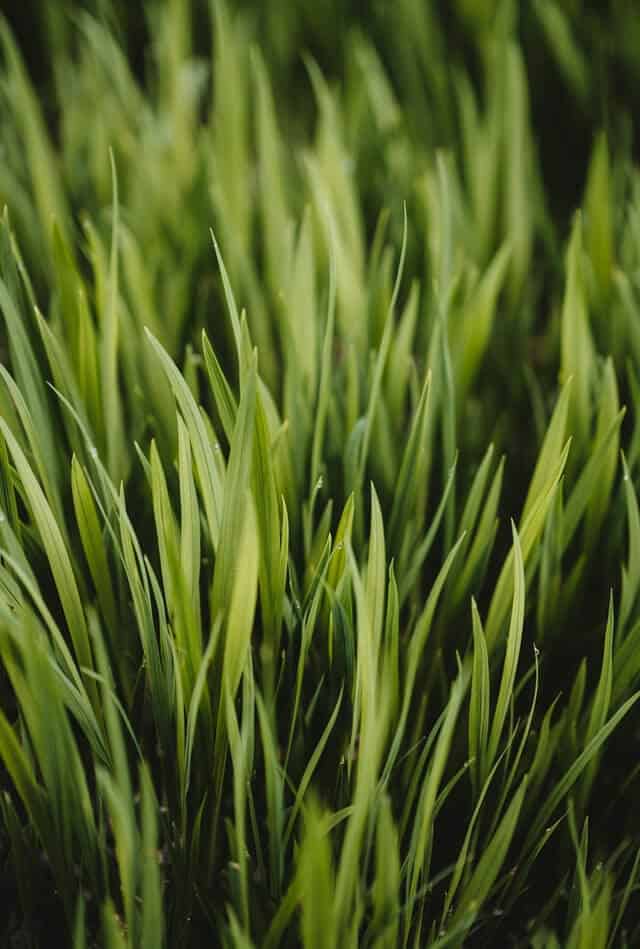Natural turf installation using seeds for football pitches
Natural turf football pitches can be created using either so-called ready turf or sowing, that is, using a grass seed mix composed from various grass species according to requirements.
The grass species recommended by UEFA for football pitch turfs are smooth-stalked meadow-grass (Poa pratensis), perennial ryegrass (Lolium perenne) and tall fescue (Festuca arundinacea).
Within individual species we can use cultivars designed for the requirements of sports turfs, whether to cultivate turf panels or sow on site. The most tried and tested species used in grass seed mixes for football are smooth-stalked meadow-grass, perennial ryegrass and their varieties.


